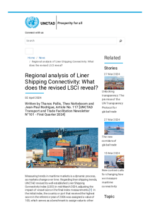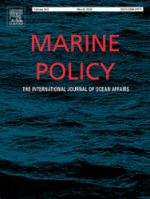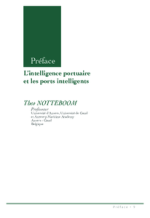Strengthening the link between human health and biodiversity
(2024) The right to a healthy environment in and beyond the Anthropocene: a European perspective. p.72-92
Over the last couple of decades, the link between human rights and a healthy environment has been increasingly recognized. Although in most international human rights instruments there is no standalone human right to a healthy environment, the right has been indirectly acknowledged and confirmed before regional human rights courts or national courts. The recognition has so far predominantly related to issues of pollution that could clearly impact human health.1 More recently there have been (national) court cases that link human rights to climate change, like the Urgenda cases in the Netherlands and the case brought by Milieudefensie against Shell. 2 This chapter will examine an area of international law where the link between the human right to a healthy environment and environmental degradation seems less obvious, namely the link between biodiversity loss and human health. In recent years, we have seen a steady increase in attention to this link, both in science and in law. The COVID-19 pandemic has accelerated the attention given to the link between biodiversity loss and its impact on human health.3 The core question in this chapter is to what extent an enforceable human right to a biodiverse environment is recognized in international law and how the link between biodiversity and the right to a healthy environment can be strengthened. First, this chapter will give a brief description of the link between biodiversity and human health. Next, the current situation in international legal documents will be examined, both in international human rights law, and in international environmental law. Finally, some suggestions as to the lege ferenda on the human right to a biodiverse environment will be made.
